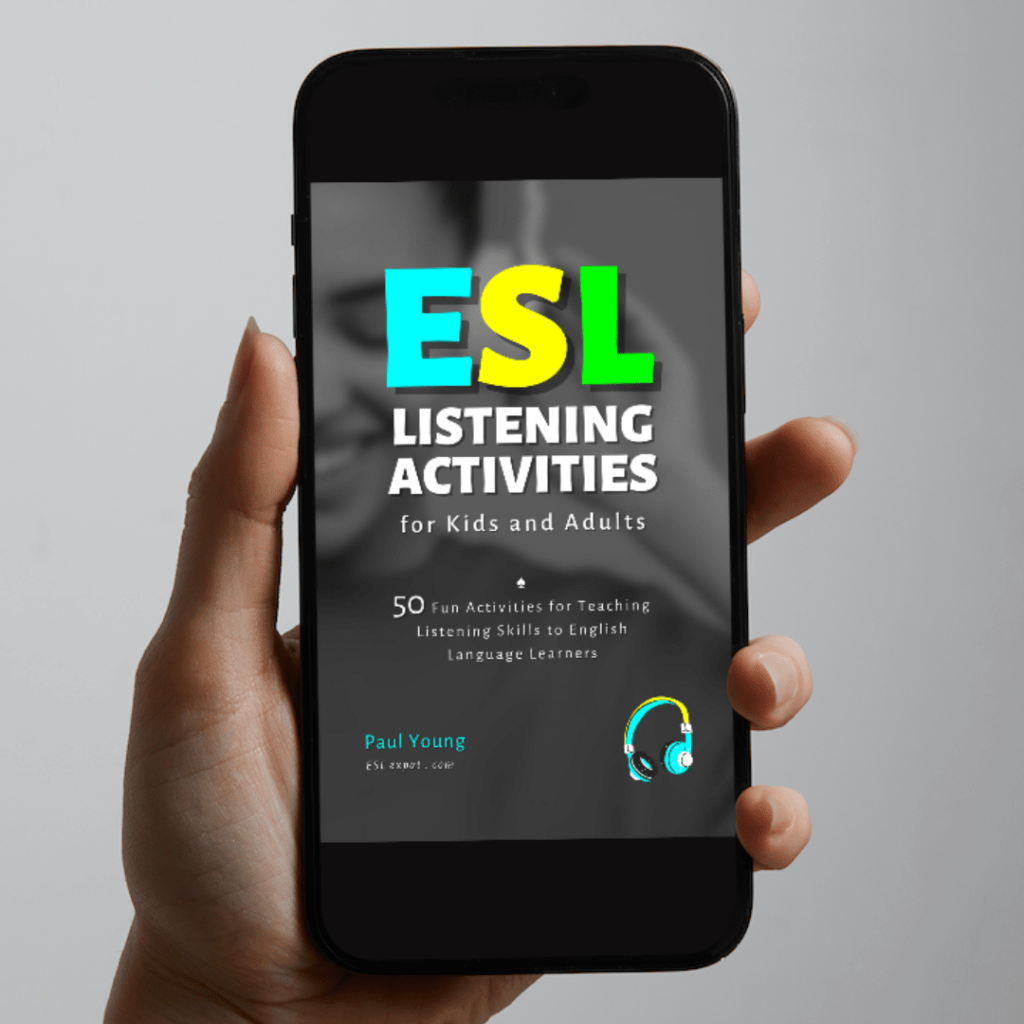Listening skills are a fundamental aspect of language proficiency, and incorporating English idioms into teaching can significantly enhance this crucial ability. Idioms, with their nuanced meanings and cultural context, provide an excellent platform for learners to sharpen their listening skills.
In this article, we’ll explore the benefits of using English idioms to teach listening and offer practical strategies for educators and learners alike.

The Power of English Idioms in Listening Skills
1. Contextual Understanding
English idioms often rely heavily on context for interpretation. When learners encounter idioms in listening exercises, they are compelled to understand the overall context of the conversation or discourse to grasp the intended meaning. This process encourages active engagement and sharpens their ability to extract meaning from real-life situations.
2. Cultural Awareness
Idioms are deeply rooted in the culture they belong to, and understanding them requires familiarity with the cultural context. By incorporating idioms into listening activities, educators expose learners to the cultural nuances embedded in the language. This not only aids comprehension but also broadens learners’ cultural awareness, an essential component of effective communication.
3. Enhanced Vocabulary Acquisition
Listening to idiomatic expressions in authentic contexts exposes learners to a rich and varied vocabulary. The exposure to idioms encourages curiosity and a desire to expand one’s lexical repertoire. As learners encounter idioms repeatedly, they become more adept at recognizing and understanding a broader range of vocabulary in everyday conversations.
Strategies for Teaching Listening Skills with Idioms
1. Idiom-Rich Listening Materials
Select listening materials that naturally incorporate idioms. This could include podcasts, interviews, or even scenes from movies or TV shows. Choose content that aligns with the learners’ proficiency level and interests, ensuring that idioms are presented in relevant and engaging contexts.
2. Pre-listening Activities
Before playing the listening material, introduce the idioms that might appear in the content. Discuss their meanings, usage, and any cultural nuances associated with them. This pre-listening preparation provides learners with the necessary background knowledge to better understand and interpret the idioms when they encounter them during the listening activity.
3. Interactive Discussions
After listening to a segment rich in idioms, engage learners in interactive discussions. Encourage them to share their interpretations of the idioms, discuss the context in which they were used, and share any personal experiences related to the idiomatic expressions. This not only reinforces their understanding but also promotes critical thinking and communication skills.
4. Idiom Identification Exercises
Create exercises where learners actively identify idioms in listening passages. Provide them with transcripts or subtitles if necessary, and ask them to highlight or list the idioms they recognize. This focused practice hones their ability to spot idioms in spoken language, contributing to improved listening comprehension.
5. Role-Playing Activities
Integrate role-playing activities that incorporate idioms into your lessons. Assign roles to learners and provide them with scenarios where the use of idioms would be appropriate. This hands-on approach allows learners to not only listen for idioms but also practice using them in context, reinforcing both listening and speaking skills.
Conclusion: A Harmonious Blend of Language Skills
Teaching listening skills with English idioms is a harmonious blend of linguistic understanding, cultural awareness, and vocabulary enrichment. As educators and learners embrace the colorful world of idiomatic expressions, they cultivate a more profound appreciation for the intricacies of the English language. By integrating idioms into listening activities, we not only sharpen essential language skills but also foster a deeper connection with the cultural tapestry woven into the fabric of idiomatic expressions.
In essence, listening becomes not just a skill to decode words but a journey to unravel the layers of meaning embedded in the idioms that make language a vibrant and dynamic form of communication.
Recommended Book for Listening Activities
Do you need new listening activities for your classroom?
Check out ESL Listening Activities for Kids and Adults on the ESL Expat website.
The eBook features 50 fun activities for teaching English listening skills!


